#common comfrey
Explore tagged Tumblr posts
Text










#my pictures#walk#landscape photography#july#summer#seasonal#landscapes#plant photography#plant pictures#sky pictures#sky photography#evening sky#wildflowers#daisies#purple loosestrife#thistles#common comfrey#insects#bugs#beetle#sunlight#clouds#fields#meadow#of night and light and half light#hey it's me posting pictures of plants again
4 notes
·
View notes
Text
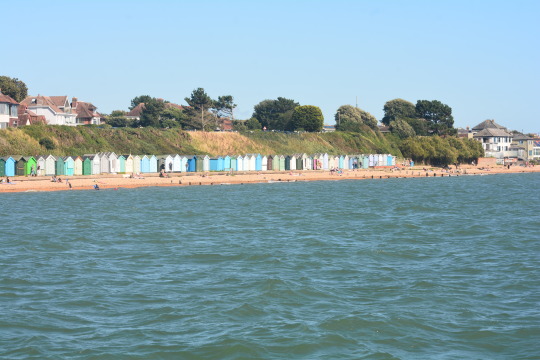
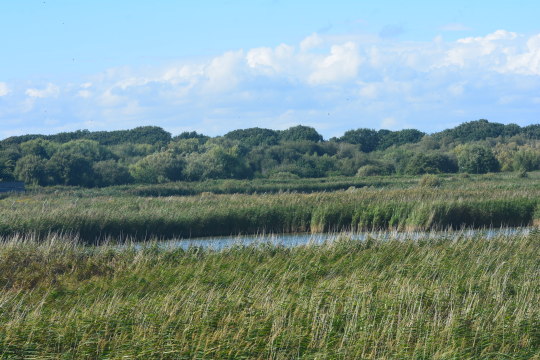
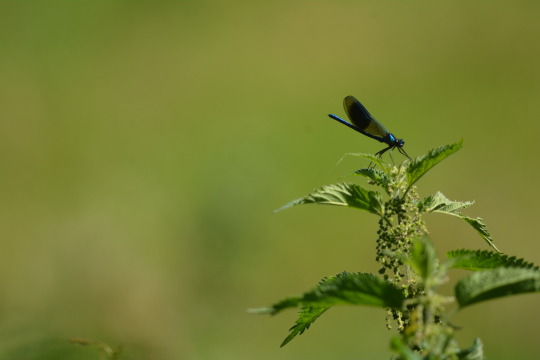
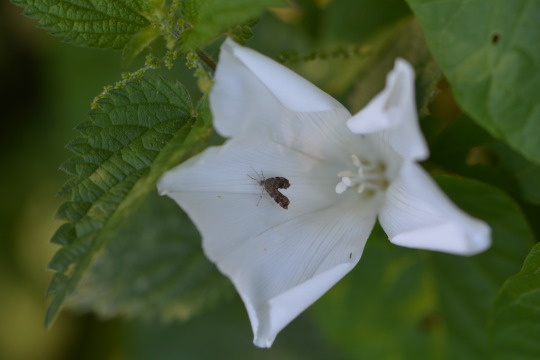
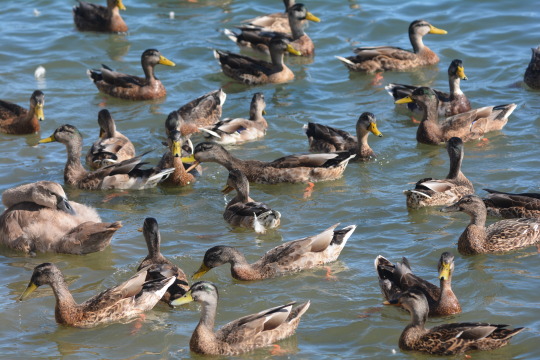
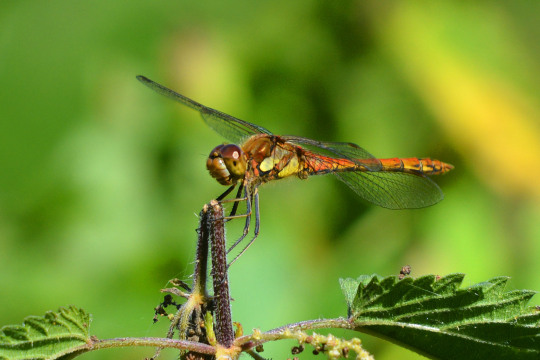
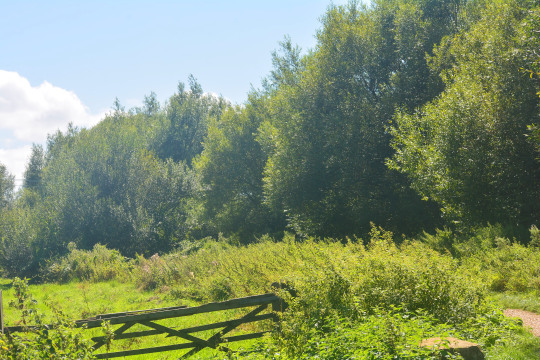
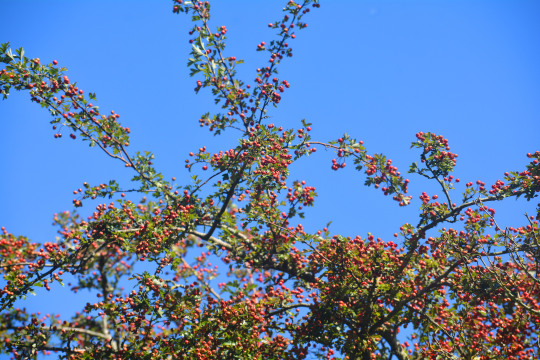
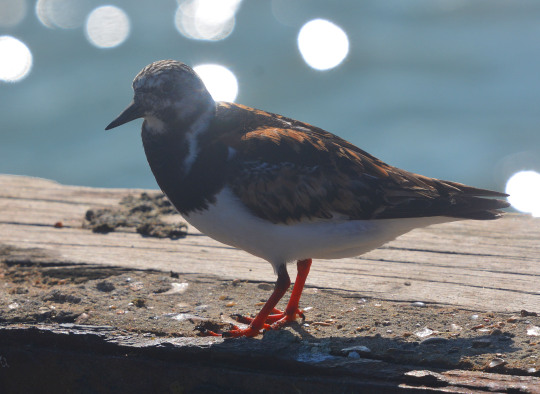
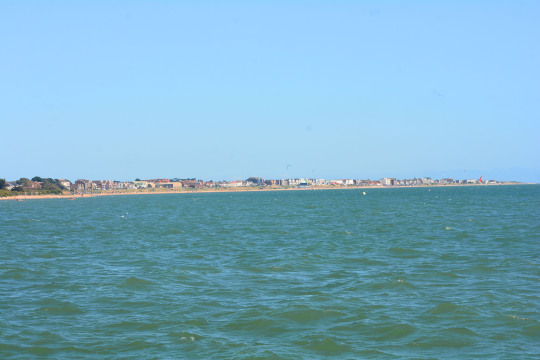
20th August 2023: The Titchfield Canal and Hill Head
Photos taken in this set: 1, 2 and 10. Beautiful views at Hill Head out to sea and looking into Titchfield Haven, it was so great to be out in the sun with the bright blue sky and sea on a lovely day. 3. Alluring Banded Demoiselle which it was great to watch at the canal. 4. My first Common Nettle-tap moth of the year, one I saw last year a distinctive minute one that caught my eye in a bindweed flower though they're known for being found around nettles which there was an abundance of here. A good species to add to my year list to allow it to overtake my 2021 moth year list total to make this year my second highest ever. 5. A great feeding scene with Mallards and a Mute Swan cygnet at Hill Head. 6. A sumptuous male Common Darter which it was a delight to observe flying and still today, a dragonfly I always enjoy seeing. 7. Views at the canal which was an vibrant emerald scene in the sunlight, I enjoyed a great rich approaching late summer light today. 8. Scarlet hawthorn berries looking nice against the bright blue sky. 9. One of a few gorgeous Turnstones seen at the harbour, one in fine plumage. I relished seeing these birds and photo opportunities against the sea sparkling in the sun. I felt sweetly nostalgic as these birds you so often see here were one of the very first birds I saw and my first wader early in my birdwatching days on our really life changing visits here in 2007 to Hill Head and into the haven as the key moments to get me hooked in the time of my fledgling bird interest by allowing me to watch them. This place and species are so special to me, I enjoyed seeing some on a raft with Black-headed Gulls in the haven too.
We got some amazing views of one of my favourite birds Buzzards soaring through the blue sky at the canal and getting stunning views of them sat in a tree and hearing their constant sharp calls for a bit which was great. A powerful wild moment this weekend. Here also I enjoyed seeing Kingfisher, Raven, possible Sparrowhawk, Black-tailed Godwits, Egyptian Goose, Teal, Swallow and Lapwing and hearing Green Woodpecker well. On the way at the bridge there was a Moorhen in the water as there always seems to be, and Coot, another strong Sandwich Tern view of late, Great Black-backed Gull, Starlings on the boat masts as I've seen here before and Sand Martin great to see at Hill Head with Cormorant seen at both. At the canal Red Admiral, Speckled Wood, Gatekeeper, stunning Southern Hawker flying around and Nursery web spider were other marvelous insects to see. Key flowers seen whilst out today were a wet area trio comfrey, purple loosestrife and hemp agrimony, black medick or hop trefoil, common mallow, rock samphire and field sow-thistle by the shore, nightshade and yarrow. Rose hips were nice to see too. Another captivating and varied wild weekend centring on two similar areas.
#weekend#2023#hill head#titchfield haven#titchfield canal path#titchfield canal#hampshire#england#uk#earth#nature#photography#birdwatching#common nettle-tap#common darter#red admiral#world#happy#purple loosestrife#comfrey#shore#rock samphire#flowers#walking#sunny#turnstone#passion#outdoors#europe#august
1 note
·
View note
Text
Silly alternative names for common plants!
agrimony - sticklewort
borage - bee bread, cool tankard 😎
comfrey - ass ear
dandelion - piss-a-bed, swine's snout
foxglove - cow-flop
hawthorn - bread and cheese
henbane - dog-piss
hops - beer flower
lavender - nard
mugwort - muggers, muggons, felon's herb
nettle - hokey pokey
parsley - devil's oatmeal
pennyroyal - run-by-the-ground, lurk-in-the-ditch (I am going to suggest the addition of slam-in-the-back-of-my-dragula)
plantain - rat tail
rue - herbygrass
skullcap - madweed
tansy - stinking willie
valerian - bloody butcher, pretty Betsy
Source: Wortcunning, by Nigel G. Pearson
131 notes
·
View notes
Text
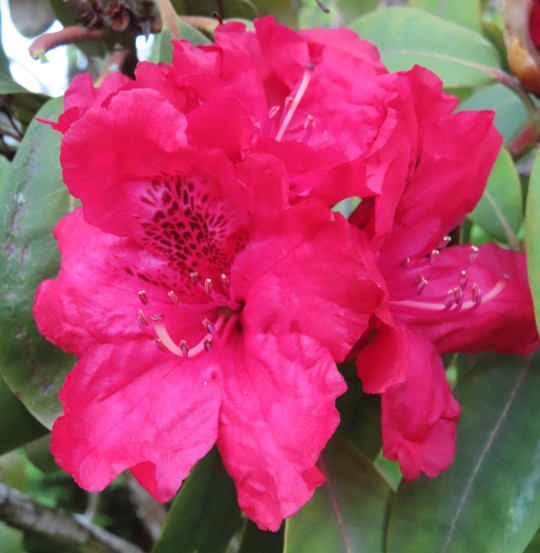
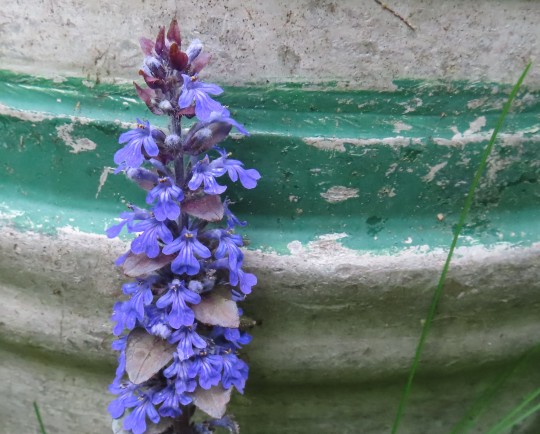
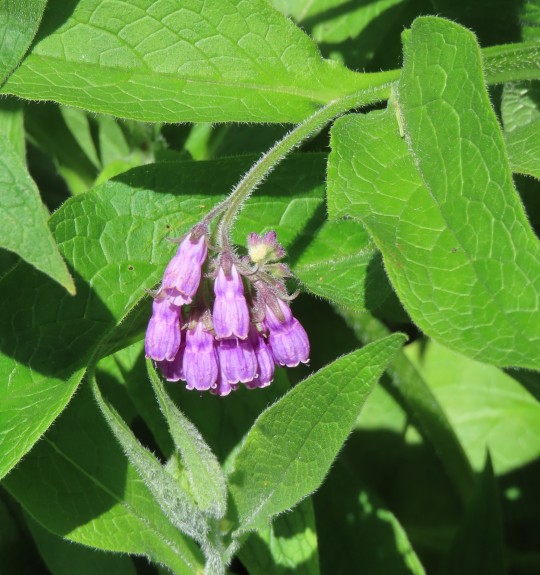
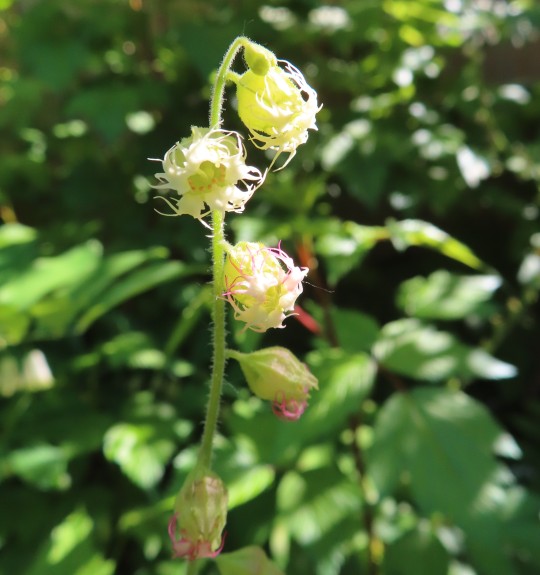
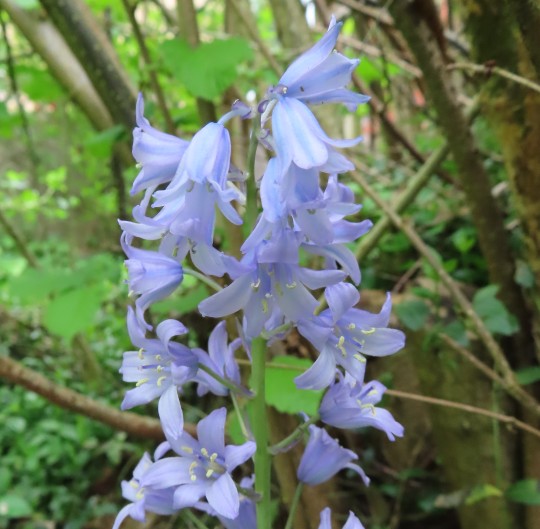
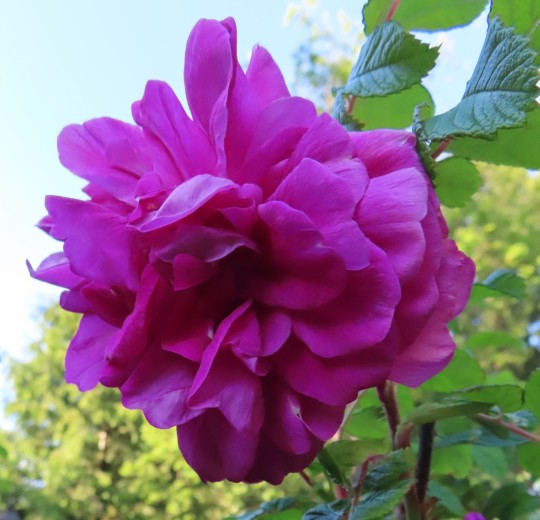
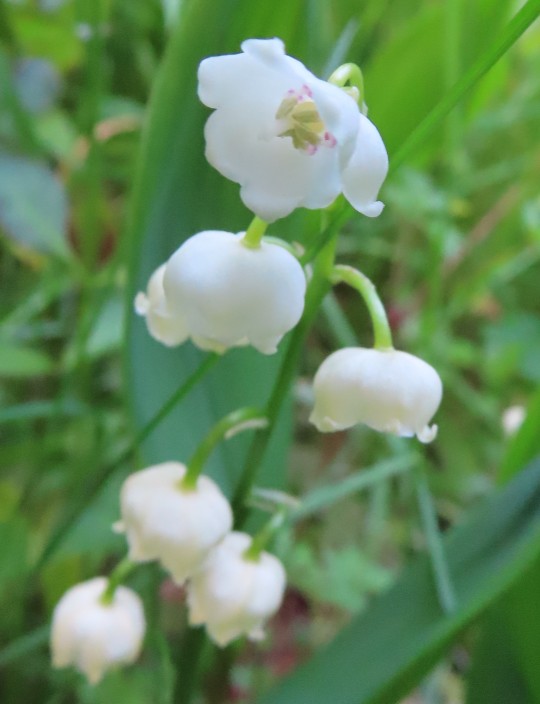
What's blooming in the garden today? Well maybe it's time for another walk down the garden path. As regular visitors know, the house is up for sale and by next summer I expect to have a planter box on a balcony, and maybe a couple of houseplants for company. This is day three of my garden tour. I hope you're enjoying it. I know I am.
And I'm not done yet...
In order of appearance:
Rhododendron hybrida
Ajuga reptans (bugleweed)
Symphytum x uplandicum (Russian comfrey)
Tellima grandiflora (fringecups)
Hyacinthoides non-scripta (common bluebell)
Rosa rugosa (rugosa rose)
Convallaria majalis (lily-of-the-valley)
#flowers#photographers on tumblr#our garden#May flowers - episode 3#gardening#fleurs#flores#fiori#blumen#bloemen#Vancouver
79 notes
·
View notes
Text
Plantain (Plantago species)

There are over 200 species of Plantain within the genus Plantago (which are species of flowering plant in the plantain family Plantaginaceae). Plantago major (pictured above), the broadleaf plantain, white man's footprint, waybread, or greater plantain, . Plantago lanceolata is known by the common names ribwort plantain, narrowleaf plantain (narrow leaf plantain), English plantain, ribleaf, lamb's tongue, and buckhorn.
Plantains' are a common "weed" on cultivated or disturbed land; narrow and broadleaf are often found in the same places. Two of the most common species, broadleaf plantain (P. major) and ribwort plantain (P. lanceolata), have followed human migration from Europe and Asia and are now naturalized in most temperate and subtropical regions of the world.
Plantains are a highly nutritious wild edible, that is high in calcium and vitamins A, C, and K. The young, tender leaves can be eaten raw, and the older, stringier leaves can be boiled in stews and eaten (as a "potherb"). The seeds are also edible (but ingesting large quantities can cause a drop in blood pressure). The leaves of narrow plantain are more bitter than broad leaf (pictured here). The ‘bud’ on the flower stem tastes surprisingly like mushrooms.
Plantain has powerful properties for wound healing. It has the perfect amount of allantoin, which helps cellular proliferation in our tissues (but does not have too much, so it won't make it heal too fast). It is astringent and will help tighten the wound, and pull infection and splinters out of the skin. It can be used as a leaf extract or even a spit poultice (chewed thoroughly). It helps with itching, histamine reactions, insect bites, snake bites, and any topical issue. Leaves in poultice used for sores, rashes, blisters, swellings, and insect stings. The plant was once used for malaria and epilepsy.
The allantoin, the constituent that promotes tissue regeneration, is also found in Comfrey (Symphytum spp.)—but plantain is much milder and can be used to help resolve all types of minor superficial wounds without comfrey's safety concerns.
Plantain has anti-infectious and antiviral properties against the herpes virus. Studies have shown the antibacterial properties of plantain on Staphylococcus aureus and, among others, on Bacillus cereus, Escherichia coli and Pseudomonas aeruginosa. Plantago asiatica (Chinese Plantain) extract also significantly reduced Respiratory Syncytial Virus (RSV) replication and RSV-mediated syncytial formation in the Human epithelial type 2 cell line in a dose-dependent manner.
Plantain can help with poor digestion by stimulating your liver and assists the liver in getting toxins out of your body. The anti-inflammatory and demulcent properties of plantain make it very soothing for your digestive tract. The seeds of any plantain may lower cholesterol when ingested.
Tea brewed from leaves is used to treat coughs and bronchitis. Plantain treatments are also used traditionally for diarrhea, dysentery, and bloody urine.
Psyllium is the husk of plantain seeds (also considered plantain seed coat) (a type of fiber often used as a natural laxative since it absorbs water as it moves through your digestive tract). Psyllium is a soluble fiber used primarily as a gentle bulk-forming laxative in products such as Metamucil. Psyllium can help relieve both constipation and diarrhea, and is used to treat irritable bowel syndrome, hemorrhoids, and other intestinal problems. Psyllium has also been used to help regulate blood sugar levels in people with diabetes.
#Herbalism#Plantago#Digital Art#Krita#digital artist#plants are awesome#Eat your weeds#Plant Medicine#Glazed#Resilience Herbalism
10 notes
·
View notes
Text

Day 4 "In their youth" ~ OCs: Tamara Pumpkinson and Comfrey Millekraut ~ Year: 796
Every year, to celebrate the season of summer towns are decorated and people dress in yellow to dance. It is a common tradition however, to make a love confession with a blue flower.
@thepromptfoundry
#Tales of Silvalien#Tamara Pumpkinson#Comfrey Millekraut#Year:796#OC-tober 2024#oc#art challenge#original character#the prompt foundry#ruikamoart#artists on tumblr#oc-tober#oc tober
12 notes
·
View notes
Text
Common herbs you can forage for
These herbs can be grown naturally in a garden without much maintenance, and can provide a range of benefits from natural remedies to culinary uses.
Wild garlic: A perennial herb that grows wild in many parts of the world, with a strong garlic flavor and scent.
Yarrow: A hardy perennial herb with feathery leaves and clusters of small white or pink flowers that is often used as a natural remedy for various ailments.
Comfrey: A perennial herb with large, hairy leaves and small clusters of purple or white flowers that is often used as a natural remedy for bruises, sprains, and other injuries.
Lemon balm: A fast-growing perennial herb with lemon-scented leaves that is often used in teas, cocktails, and as a natural insect repellent.
Calendula: A hardy annual or perennial herb with bright orange or yellow flowers that is often used in skin care products and as a natural remedy for inflammation and digestive issues.
Nettle: A perennial herb with stinging hairs on the leaves that can cause skin irritation, but is also rich in vitamins and minerals and is often used in teas and as a natural remedy for allergies and inflammation.
Plantain: A hardy perennial herb with broad, flat leaves that is often used as a natural remedy for insect bites, burns, and other skin irritations.
#common herbs#foraging#herbs to forage#herb magick#witchblr#witchcore#witchcraft#witchlife#white witch#beginner witch#witch tips#grimoire#green witch#spirituality#book of shadows#simple spells
132 notes
·
View notes
Text
Florges Facts

-The genus name for the Florges line is "Medioflosus Silvas." Medioflosus comes from the old words "Mediocris" meaning fairy, and "Flos" which means flower. "Silvas" comes from the old word "Silva" meaning Forest/Garden. The rough translation is "Fairy flower Forest," or "Fairy flower of the forest"
-The Pouf hairstyle in 18th century Kalos was inspired by the Florges line
-Florges were often used by old Kings and Queens to maintain their royal gardens
-Florges can breed asexually by combining infinity energy with a plant seed-like substance to create a Flabébé egg
-A lot of researchers are confused as to why they aren't grass type, but here's what some have gathered. Florges are fairies, and not the plants themselves (even if they can control, resemble, and care for plants). Despite them fusing with their flower, the flower doesn't gain any infinity energy when evolving with them, so they stay pure fairy types
-Florges are watchful and don't like humans in their territory, but they won't attack unless provoked. When entering the territory of Florges, be mindful, and make sure you don't mess up or harm anything there
-Florges symbolize beauty, commitment, love, power, and pride
-Wild Florges's distrust of humans came from centuries of hunting and killing them for access to their flowers and gardens

-White flower Florges are the most powerful Florges since they can sync with the wavelengths of any color
-Florges only lay their eggs in flower gardens. If you have a pregnant florges, please make sure you live near or garden or take them to a garden close to their due date
-During the Kalosian Revolution, plenty of Florges in the royal palace were killed during a riot
-Despite popular belief, Florges don't photosynthesize. They gain the energy from flowers. HOWEVER, the flowery parts on their body do gain energy from the sun, which can help power their attacks. They can't be fed from the sun though
-Florges is related to comfrey, both of them having a common ancestor. The warm temperatures of Alola and the care they got from humans what made Comfey look like that
-During the second half of the 18th century, breeding Florges in Paldea and a not very well-known region north-east of it became very popular
-There are myths of a strange humanoid creature with Florges traits. They were called nymphs and guarded the trees and forests. They were said to resemble other grass and grass-like pokemon as well

#quill pokefacts#florges#fairy type#fairy types#fairy type pokemon#pokemon#pokemon irl#irl pokemon#pkmn irl#irl pkmn#pokedex#kalosian pokemon#rotomblr#pokeblog#pokeblogging#pokeblr#rotumblr#pokemon roleplay
38 notes
·
View notes
Text

This is an Amsinckia, or fiddleneck, that we found in Eastern Washington State. Amsinckia is an interesting genus in the borage family, Boraginaceae, that forms helicoid cymes rather than scorpioid cymes (which are common in Boraginaceae). Different Amsinckia species tend to co-occur and hybridize, so it can be difficult to distinguish them (and that's why we're leaving this one, which we didn't key out, as just "Amsinckia species!"). When we had to key Amsinckia out to grade class assignments in Systematic Botany, we cursed this genus!
These are quite bristly and uncomfortable to handle, and also, like other genera in the borage family like Pentaglottis (green alkanet) and Symphytum (comfrey), tend to contain high levels of alkaloids.
23 notes
·
View notes
Text










#my pictures#walk#summer#june#seasonal#wildflowers#landscape photography#plant photography#sky photography#landscapes#sky pictures#hey it's me posting pictures of plants again#plant pictures#creeping bellflower#common comfrey#hedge woundwort#viper's bugloss#elderflower#centaurea#sunset#moon#clouds#evening sky#fields#of night and light and half light#night-flowering catchfly
2 notes
·
View notes
Text
Common Herbs Harmful To Pets (And Some That Are Safe)

If you plant to work with herbs and you have pets in the house, it’s very important to know which ones to keep out of your fur baby’s reach. For the purpose of this post I will be focusing on herbs that are specifically harmful to cats and dogs, as they are the most common pets and are the most “free range” within people’s homes (they aren’t typically living in cages like birds/small mammals like hamsters).
This is NOT an all-inclusive list! If you’re curious about an herb missing here, please do research into its potential harm/benefits.
Harmful Herbs:
Allium Family (garlic, onion, chives, etc.)
Chamomile
St. John’s Wort
Lemongrass
Mint
Oregano
Tarragon
Eucalyptus
Daffodils
Mistletoe
Comfrey
Safe Herbs:
Valerian
Echinacea
Goldenseal
Basil
Rosemary
Thyme
Catnip
As with everything involving pets, it’s very important to make sure that you keep any potentially harmful products out of their reach. If you aren’t sure about something being safe for your pets, it’s best to keep it away from them. This is a very short list, including the most commonly found examples of harmful herbs, and I always encourage doing research for any extra information!
5 notes
·
View notes
Text





Sky tonight, possible ceriporia spissa fungus, Michaelmas daisies and Grey Squirrel during some lovely time at Winnall Moors yesterday lunch time and a phone photo in a lovely bit of sunny time at Dean Garnier Garden, Winchester Cathedral today including I believe Japanese anemones.
Other highlights today and yesterday were exciting views of Jay yesterday and Sparrowhawk today in Winchester, Kestrel seen hovering nicely over the reedbed at Winnall Moors, Blackbird, House Sparrow, Robin, Chaffinch, snail, spiders with so many about lately, daisy, hemp agrimony seed heads, forget-me-not, comfrey, water mint, bindweed, yarrow, common mallow, common toadflax, ivy-leaved toadflax, purple toadflax, stinking iris berries and hawthorn berries.
#photography#birdwatching#outdoors#england#uk#world#nature#walking#winnall moors#winchester#happy#peaceful#chaffinch#blackbird#jay#sparrowhawk#2024#birds#flowers#snail#forget-me-not#comfrey#europe#outside#autumn#october#toadflax
8 notes
·
View notes
Note
OKAY. You've heard of Flower Time. Now get ready for
HERB HOUR.
Patchouli is one of my favorites! It's a good plant in the mint family and is a common ingredient in perfume!
Comfrey is another good herb, it's also called bone knit in many folk medicine practices- my practice included! There was actually a time where I didn't know it by anything OTHER than bone knit


AYOO?? HERB HOUR JUST DROPPED!!! incredible okok, I'm on board. And just yesyesyes, I love the smells of herbs their lovely and incredible actually. and BONE KNIT???? THAT'S SO FUCKING COOL OH MY GOD, love that, obsessed with that actually. Love when people go do hard on names, and for what? it's just sick, I love it
#ask box#flower time!#gonna put it under flower time tag but yanno#same but different#loved this ask very fun - i feel educated
4 notes
·
View notes
Text
Common Comfrey — FOTD Jan 14
Hi all My latest post for Cee’s FOTD. Common Comfrey I did an AI watercolour transformation for these delicate wee flowers.Common Comfrey — FOTD Jan 14

View On WordPress
0 notes
Text
Common Comfrey -- FOTD Jan 14
Hi all 👋 My latest post for Cee’s FOTD. Common Comfrey I did an AI watercolour transformation for these delicate wee flowers.
0 notes

